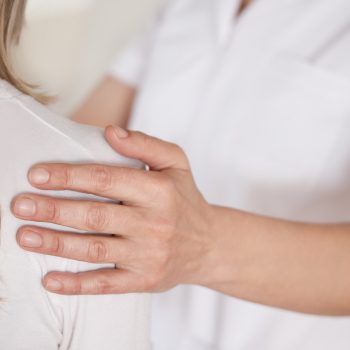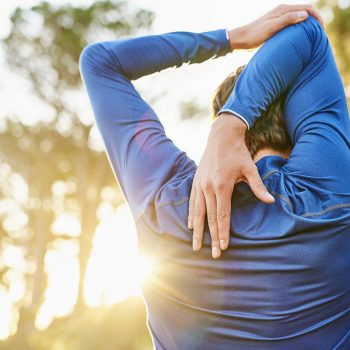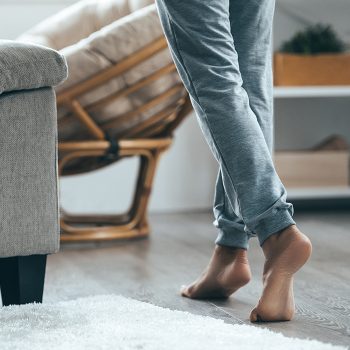With advancing age, the cartilage that covers the bones undergoes a deterioration process. This is what can happen, for example, to the hips or knees, as well as the shoulders. However, it is not only aging that determines the onset of arthrosis in this large structure of the osteoarticular system: “There are several causes of arthrosis. These include traumas, fractures and inflammatory pathologies”, recalls Dr. Mario Borroni, shoulder and elbow orthopedics department at Humanitas.
Symptoms of arthrosis are pain, joint stiffness and functional limitation: “In the case of the shoulder, the cartilage pathology may differ from that of the knee or hip due to a less significant symptomatology. When the knee is affected by arthrosis, symptomatology is very relevant because it is accompanied by the movement of the lower limbs and walking. In case of shoulder arthrosis, the patient sometimes tends to tolerate the symptoms, which are a little less noticeably relevant.
Shoulder function and wear
The arthrosic process of the shoulder involves the scapulo-humeral joint, “located between the articular heads of the humerus head and glenoid cavity, a not very deep pit of the scapula”, explains the expert.
Depending on its cause, two forms of arthrosis can be distinguished: “a primary one, without specific cause, due to congenital conditions or simple predisposition, and a secondary one, following an inflammatory pathology such as rheumatoid arthritis, trauma, such as a fracture, or an alteration of the biomechanical physiology of the shoulder. In other words, the shoulder joint begins to work incorrectly because of a problem with the capsulo-ligament system that causes premature wear,” explains Dr. Borroni.
The association between cartilage degeneration and lifestyle, e.g. physical activity involving repeated shoulder movements, is not decisive: “If the shoulder works badly, problems arise that can lead to the development of arthrosis. This is the relevant element. For the shoulder to work well, the humerus head center of rotation on the glenoid cavity must be stable. If this alters, i.e. moves or decentralizes, a dysfunction arises. For example, the humerus head may move up due to an injury to the rotator cuff or may move in a horizontal plane, forwards or backwards, causing eccentric movement. These are the scenarios in which the cartilage can wear out”.
Anatomical and “reverse” prostheses
Several factors define the choice of treatment: the patient’s age and health, the severity of symptoms, the level of activity and the characteristics of arthrosis. The treatment can be both conservative and surgical. In the first case, the therapy aims to relieve pain; it is therefore a symptomatic therapy that cannot obviate the irreversible process of cartilage alteration. Among the different options available are physical therapies such as techar-therapy, or infiltration of hyaluronic acid with a lubricating effect, and physiotherapy to improve the functioning of the shoulder. In these cases prevention is important, avoiding loads and movements that can worsen wearing of the joint”.
The surgical procedure involves the insertion of prosthesis: “This is the only effective and decisive option, arthroscopic washes have proved to be ineffective”. With regard to prostheses, the distinction between anatomical prosthesis and reverse dentures is relevant: “If the rotator cuff is intact and functional, an anatomical prosthesis is used, which reproduces the anatomy of the shoulder using these muscles”.
“If the rotator cuff is damaged, however, the scenario is different. The insertion of the prosthesis eliminates pain because it restores joint contact thanks to the artificial surfaces of the implant but cannot guarantee adequate movement to the shoulder. An inverse prosthesis is inserted, because the geometric shapes of the two joint bones are inverted: the concave surface is not located on the glenoid cavity but on the humerus surface and vice versa. It is essential, however, that the deltoid muscle functions efficiently because it is this muscle that must ensure the functioning of the joint,” concludes Dr. Borroni.







